Auckland Arts Festival Round Up #3: Diptych, Kotūitūi, et al.
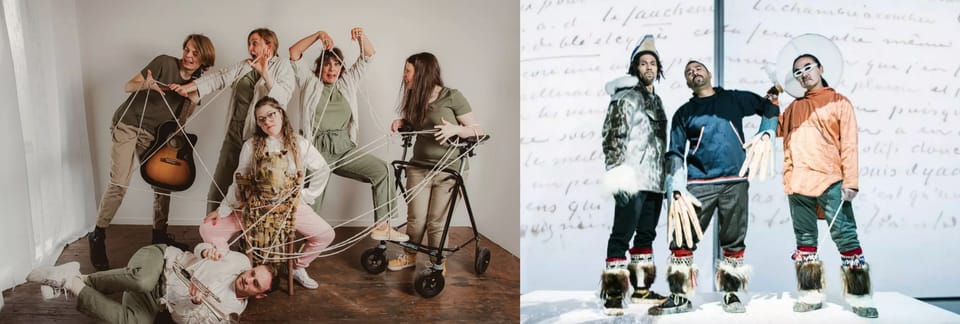
My third (and final!) round-up of the Auckland Arts Festival Te Ahurei Toi Ō Tamaki, with responses to Spark LIVE, Diptych, The Sun and the Wind, Kotūitūi, A Very Old Man With Enormous Wings and Pamyua.
Engaging with any art that relates to the pandemic makes my fists clench. One part of me thinks that it’s too soon for any of us to process. Another part of me wants to run as far in the other direction – I lived it, I don’t want to live it through somebody else’s lens. But, of course, it was a global event and it is extremely normal, if not the norm, for artists to make work about what they have personally experienced.
Spark LIVE, from Glass Ceiling Arts Collective, isn’t your average pandemic show. Firstly, it is a multi-sensory experience that plays on not just sight and hearing like pretty much every theatre show, but touch and smell. Secondly, this is a highly accessible show, crafted with specific attention towards including audiences with learning disabilities. It opens with a song, led by national treasure Jackie Clarke, welcoming each audience member, if they want to be specifically welcomed into the space, and to enjoy the show.
The story follows Kate (Lily Mae Ivatt-Oakley), a teenage girl with a heart condition who has to isolate from the world during an unnamed pandemic – but this is a pandemic with video chat, so you can draw your own conclusions. It engages with loneliness, the need to connect, and what it means to find joy within isolation. All of these are extremely universal, but the truly special thing about Spark LIVE is how much care was taken to include audience members who might not otherwise get to engage with work about the pandemic; work that can be bleak, horrific, and frankly triggering. By gently inviting us into a show, and even more gently engaging more than just our sight and hearing, it lets us into Kate's world – and hopefully understand our own a bit better.
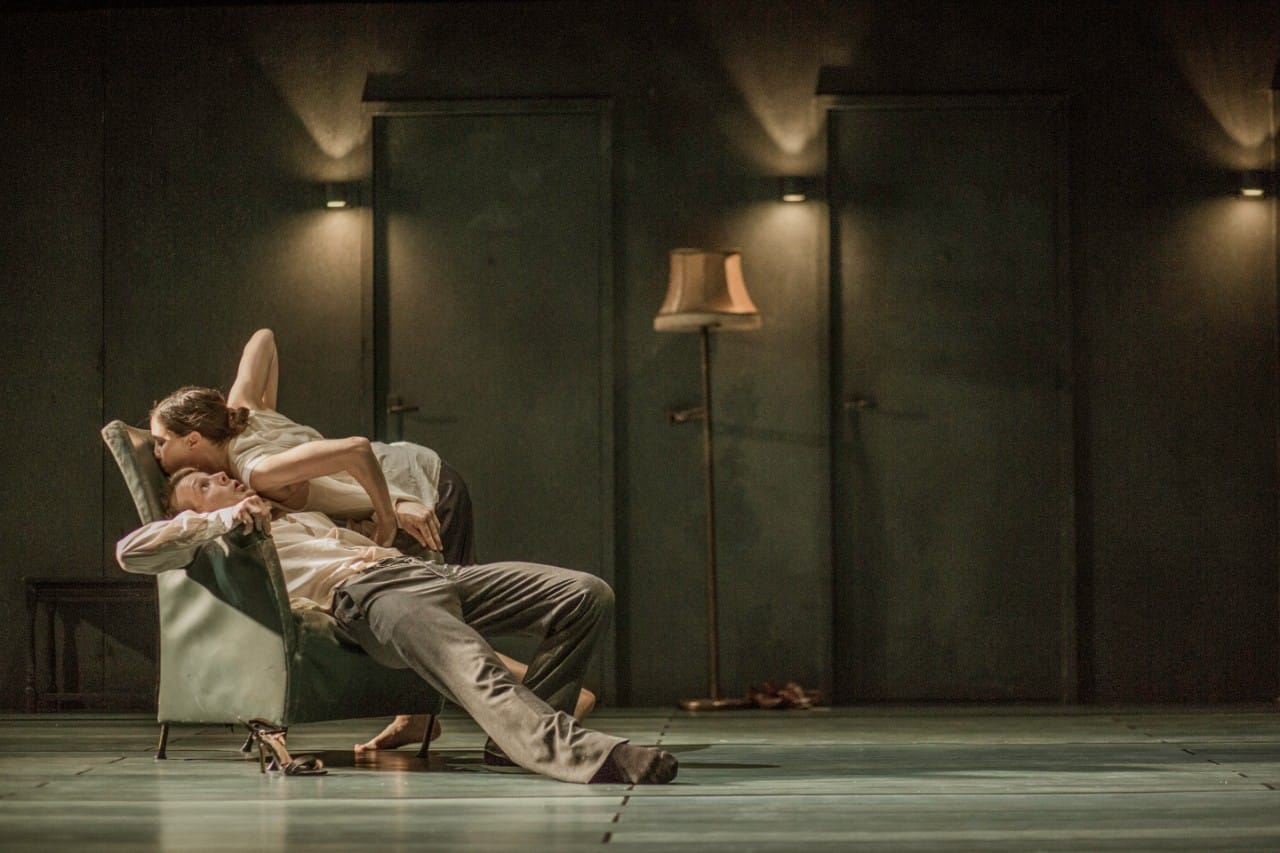
There’s always one international show that the theatre nerds I associate with are excited about. Last year, it was Revisor, a dance comedy from Canada based on The Government Inspector. This year, it was Diptych, two horror dance pieces made by internationally acclaimed company Peeping Tom. Both were programmed in the Kiri Te Kanawa Theatre and both were heavy on spectacle.
Like Revisor last year, I left Diptych more impressed than engaged. Perhaps it was because I saw it towards the end of the festival’s run, or perhaps it was because it had been so hyped up. Simply, it might have been that, after the umpteenth woman being moved around like a corpse onstage, I really wanted to leave the theatre.
There’s no doubt about how impressive the work is, and there’s a definite beauty in seeing the level of stage magic that a company of Peeping Tom’s scale and stature can bring to an audience. I wanted to feel soul, however. Stage magic without soul is just a moving set, dance without soul is athleticism. It has value, and yes, can even be impressive, but a dozen shows into a festival, I’m needing more.

Another show that left me wanting more was The Sun and the Wind, from Taurima Vibes. The show, loosely based on the fable of The Sun and The Wind, follows Rangi (Taungaroa Emile) and Hūkerikeri (Julie Edwards) are celebrating what appears to be a birthday, when another couple, Hihi (Joe Dekkers-Reihana) and Kate (Georgia-May Russ) burst in to rob the place. What unfolds is a case of mistaken identity that might not actually be mistaken at all.
The performances do the bulk of the heavy lifting here – especially Edwards, whose intermittent emotional eruptions give the show its sense of danger, and Joe Dekkers-Reihana, playing into the play’s absurdist leanings with true vulnerability – but the production is massively let down by both its design and the script.
The former, so minimalist to the point of feeling threadbare, is an example of the barest bones of naturalism. The only set, lighting, and sound elements are those that are absolutely necessary, and thus there is very little to enhance, or even support, the action.
Meanwhile, the script lacks internal logic, and it’s unclear whether certain twists, heavily telegraphed towards the beginning of the play, are actually meant to surprise or if the audience is meant to be very far ahead of the storytelling. What plays out feels absurdist not because it adheres to the genre, but because it doesn’t make very much sense.
It wouldn’t be so glaring if it weren’t for the context of the show, with a slot in Auckland’s largest arts festival, or the content, which deals with intergenerational trauma, grief and self-harm. These aren’t topics to be carried lightly, and with the exception of the cast, The Sun and the Wind doesn’t feel robust enough to engage with them gracefully.
It feels churlish to compare shows with one another – a festival is not a competition – but the care with which Kotūitūi handles its material, the very literal musical instruments from three indigenous cultures, shows that it can be done. The performance, a one-off meeting between Haumanu Collective (Aotearoa), Pamyua (Alaska) and William Barton (Australia) is a mixture of gig and chill, informed, lecture.
Each of the three played a piece, and then went on to explain the history of not just their individual instruments, but how they are made and what they originally meant to their culture. It then ended with a long piece composed and performed by all three – having only met earlier that day – that felt so spiritually transformative.
An experience like Kotūitūi is why people attend, and invest their time and money, in arts festivals. It was educational, it was joyous, and as an audience member I felt a little bit closer to not just everybody else I was sitting amongst, but to the artists and art onstage.
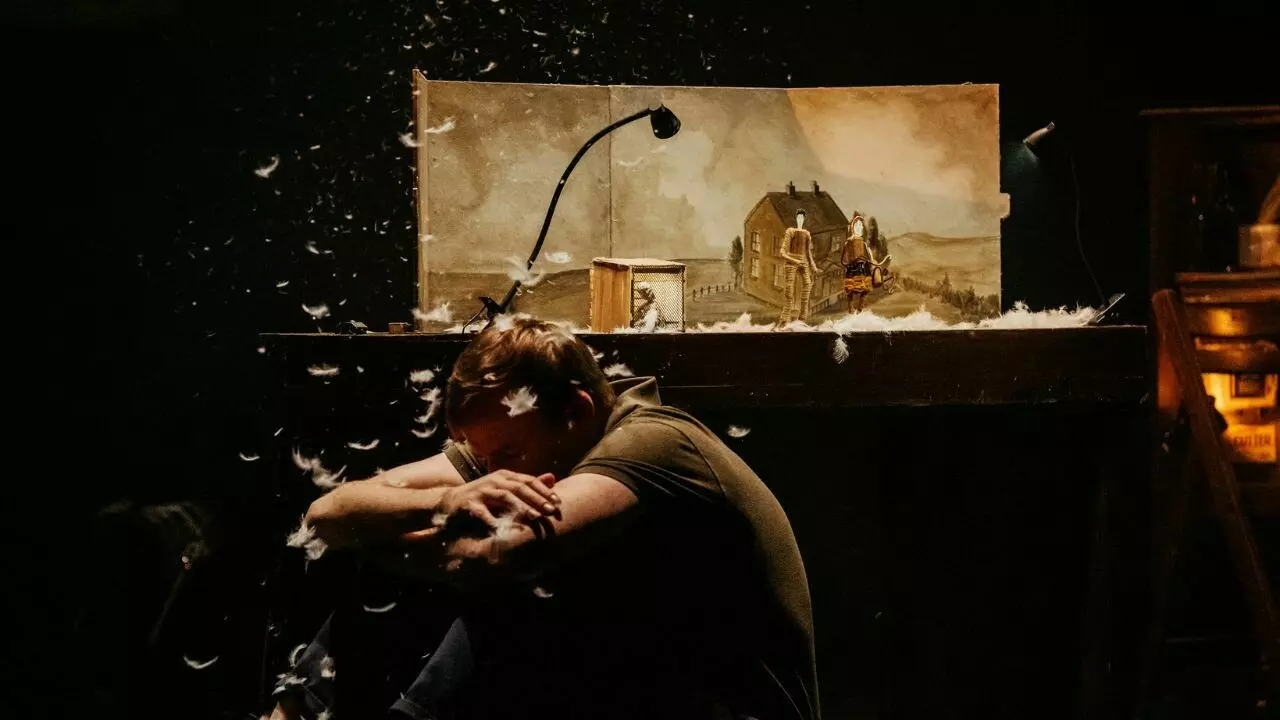
An Irish adaptation of a Gabriel Garcia Marquez story that runs under an hour? You might as well put this show directly into my veins, it could not be more made for me. A Very Old Man with Enormous Wings comes from Dan Colley (who also adapted the script, and designed the costumes) and Riverbank Arts Centre, and tells the story of a town dealing with the appearance of the titular man amongst them. Famously, the tale stops short of condemnation or any moral judgement whatsoever, instead allowing the reader to determine what they think of the town’s actions towards a man who might as well be an angel.
Thankfully, Colley’s story retains this lack of judgment. Similar to Boy, A Very Old Man with Enormous Wings has the comforting feeling of being lived in. It’s transparent that the two performers – Genevieve Hulme-Beaman and Manus Halligan – have travelled some way and some time with this show, leading to a banter and chemistry that is extremely appealing.
I’ll stop short of labelling it magic-realism as Marquez famously hated that label, but the show felt more magical than anything else I saw across the three weeks of the festival. A big part of that is the chemistry between the performers, clearly relishing engaging the audience’s imaginations, regardless of age, but another, not insignificant part, is that the show realises that magic – true stage magic – exists in the space between artist and audience. To allow, and to invite, an audience to invest in the art that you make is the greatest gift to give, and that magic doesn’t have a price tag. (But let’s be real: artists need to eat too.)
Similarly, I could not have been more delighted by Pamyua, closing out the festival with a gig in the Spiegeltent. In the best way, it felt like watching your three best uncles rocking out onstage. Was it a bit dad rock? Absolutely. It was even a little bit Nickelback, which I absolutely mean as a compliment. An arts festival gig doesn’t need to be austere. It doesn’t need to educate, or lecture. It doesn’t even need to be impressive. Sometimes it can just be a lot of fun.
I’ll have more thoughts on the arts festival in general later this week (paywalled!) but I’d like to close out with a thank you if you’ve read all, or any, of my round-ups thus far. Responding to multiple works of art a week is pretty taxing work, and it’s not a task that I take on lightly. This is the kind of coverage that I started Dramatic Pause to provide, and I intend to keep on doing it – with less shows a week, thankfully – for as long as I can. If you’ve liked the work, please consider subscribing and if you can't afford a subscription (understandable!), please consider sharing it with others!
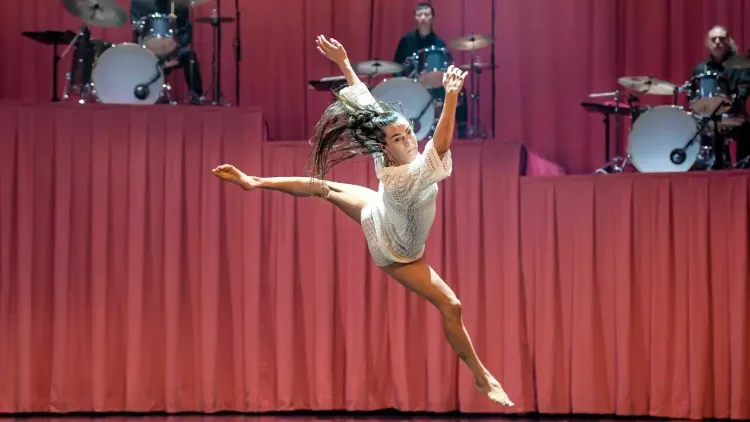

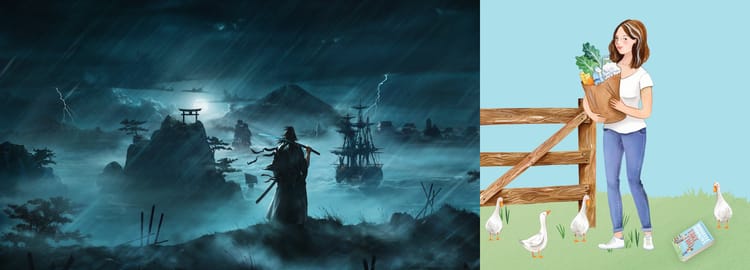
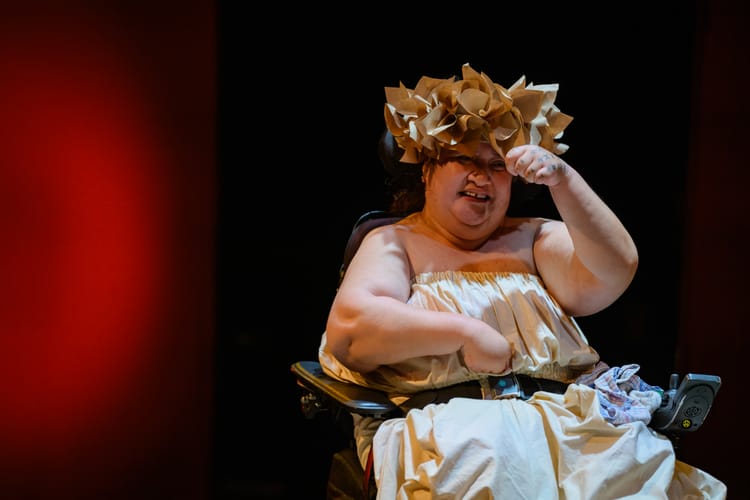
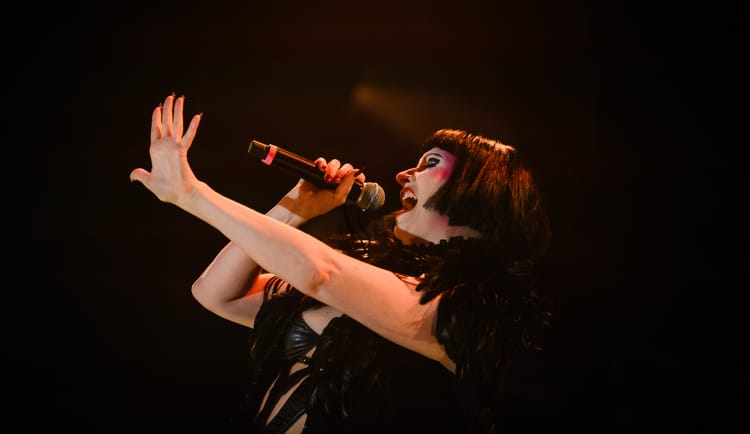
Member discussion